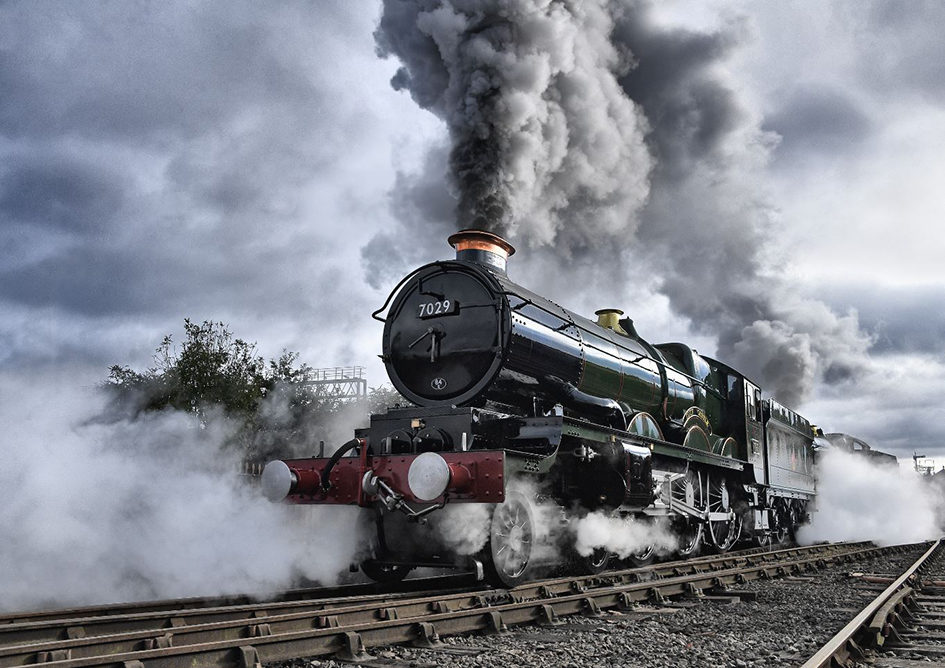The centre of excellence for steam locomotive engineering receives the accolade from the Institution of Mechanical Engineers
Tyseley Locomotive Works, the working locomotive restoration centre and home of Vintage Trains, was presented with an Engineering Heritage Award by the Institution of Mechanical Engineers at a ceremony in Birmingham on Tuesday 18 September.
The depot, which was built by the Great Western Railway in 1908, has been in continuous use for the heavy maintenance and repair of steam locomotives ever since. It restores, repairs and maintains heritage locomotives and rolling stock both from the Tyseley Collection and other heritage railway operators.

The award also recognises the visitor centre’s extensive classic collection of steam engines, including three GWR Castle Class engines, a LMS Jubilee Class locomotive and a Class 47 diesel loco.
Vintage Trains continues to operate services on the main line using locomotives based at Tyseley. Frequent day excursions are run to local places of interest featuring steam, classic diesel or electric hauled trains. The Vintage Trains Mainline Programme features a regular summer steam service between Birmingham and Stratford-upon-Avon called the Shakespeare Express.
Tyseley Locomotive Works is the 121st recipient of the award.
Previous winners of Engineering Heritage Awards include Alan Turing’s Bombe at Bletchley Park, the E-Type Jaguar and Concorde supersonic airliner. Some early locomotives that have been recognised by the Institution include Trevithick’s Penydarren Locomotive (1804), which became the first steam engine to run successfully on rails, and Locomotive N°1 (1854), the oldest surviving steam locomotive in Australia which was built by Robert Stephenson & Co.

Mr Tony Roche, the President of the Institution, said:
“2018 marks the 50th anniversary of Tyseley Depot opening its doors to the public for the first time with its incredible display of steam locomotives, so I am delighted to present this award in such a significant year for the Locomotive Works. This plaque recognises both the importance of the engineering and the educational aspect of the steam railway depot, which gives visitors a taste of the thrill of seeing a live steam locomotive.”







